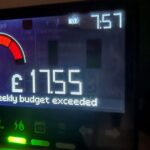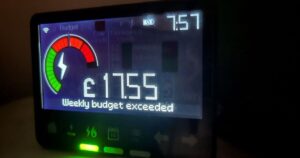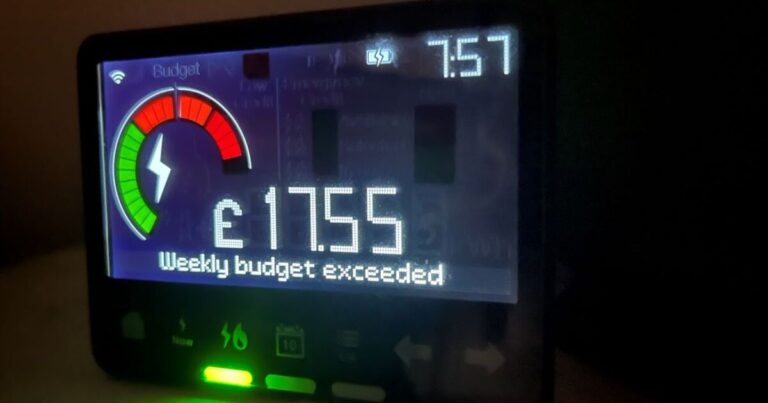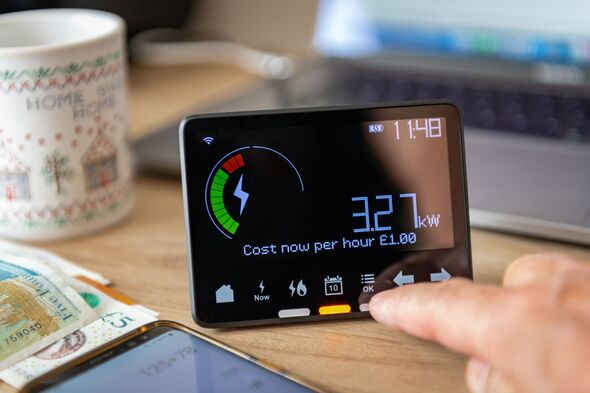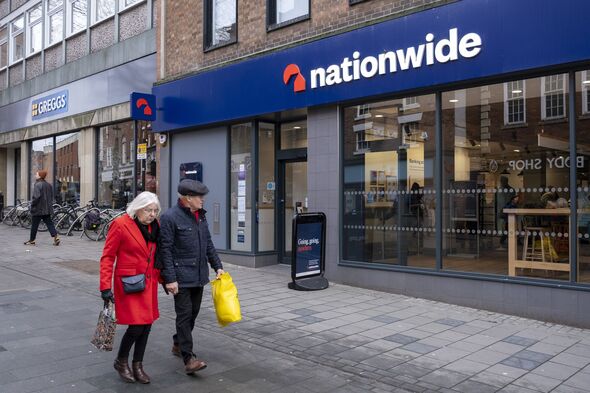
Savers are being urged to make sure they take advantage of extra tax relief available to them.
More than half of the 7.44 million people paying higher or additional rates of tax are paying into a personal pension but 2.3 million of those taxpayers are not claiming any additional tax relief, according to investment expert InvestEngine.
InvestEngine said someone who was able to pay £400 a month into their personal pension over 40 years, and who did not claim back their tax relief, could reduce their pot by £350,000.
This failure could halve the potential of their pension, reducing its value by hundreds of thousands of pounds.
According to InvestEngine between 2016 and 2021, £1.3 billion of tax relief went unclaimed
InvestEngine found that over half (56%) of workers paying higher or additional rates of tax (earning £50,271 or more) currently pay into a personal pension, such as a self-invested personal pension (SIPP).
According to public data, this is equivalent to 4.9 million adults.
However, of those with personal pensions, 46% say they don’t currently claim pension tax relief on their contributions, meaning 2.3 million higher and additional rate taxpayers are losing out on claiming extra free money for their retirement pots.
The issue has arisen because higher rate taxpayers need to fill in a self assessment form with HMRC, a tax return, in order to claim back the extra tax relief.
InvestEngine has launched a new tax relief calculator to help savers work out how much relief they could be entitled to.
Andrew Prosser, head of investments at InvestEngine, said: “Over time this could reduce pension pots by hundreds of thousands of pounds. Those paying the higher rate of tax and contributing to a personal pension should ensure they are claiming back all eligible tax from HMRC, while checking their pension provider’s fees to see whether they could be getting a better deal elsewhere.
“InvestEngine last year launched its self-invested personal pension (SIPP), and in December removed all account fees for current and new customers, helping more people to save for their retirement without losing a significant amount to fees.”
Most workplace pensions collect personal contributions from people’s gross income. In these circumstances, neither the individual nor the pension scheme need to claim any tax relief.
However, most personal pensions, and some workplace pensions, receive their personal contributions after income tax has been deducted.
The pension scheme will automatically collect the 20% basic rate of tax relief from HMRC and add it to the individual’s pension.
But the balance of the relief due to higher (40%) and additional rate (45%) taxpayers is not automatically collected.
Instead, to claim relief on earnings taxed at the higher rate, individuals will need to file a Self Assessment tax return with HMRC. According to the tax authority, between 2016 and 2021 £1.3 billion of tax relief went unclaimed.
If a higher rate taxpayer contributed £400 into their pension per month for 40 years, it would be worth £192,000. The government would automatically contribute an additional 20% (worth £1,200 per year, or £48,000 over 40 years).
But if they were to claim additional tax relief on any money taxed at the higher rate via a Self Assessment tax return, this could equate to an additional £1,200 per year. If they were to pay this into their pension it would mean that, over 40 years, the government will top up their pension by an extra £108,000.
For those able to invest the maximum tax-free amount per year (100% of someone’s salary or £60,000, whichever is lower), including claiming the maximum amount of tax relief, with a pension fund growth of 7% per year, they would end up with £1.6m after 40 years. But those who fail to take advantage of the higher rate of relief would find their pension worth more than £350,000 less.


